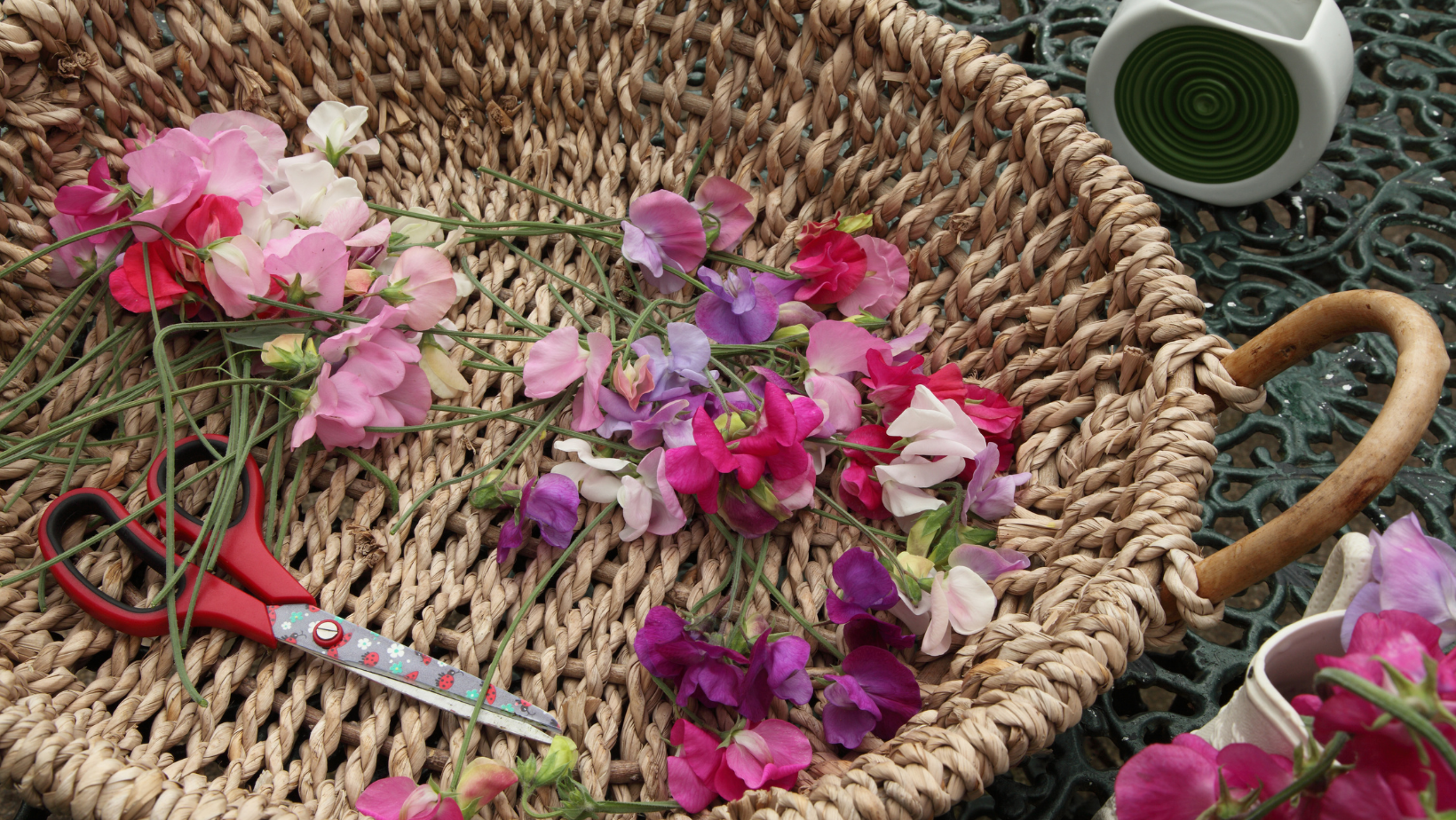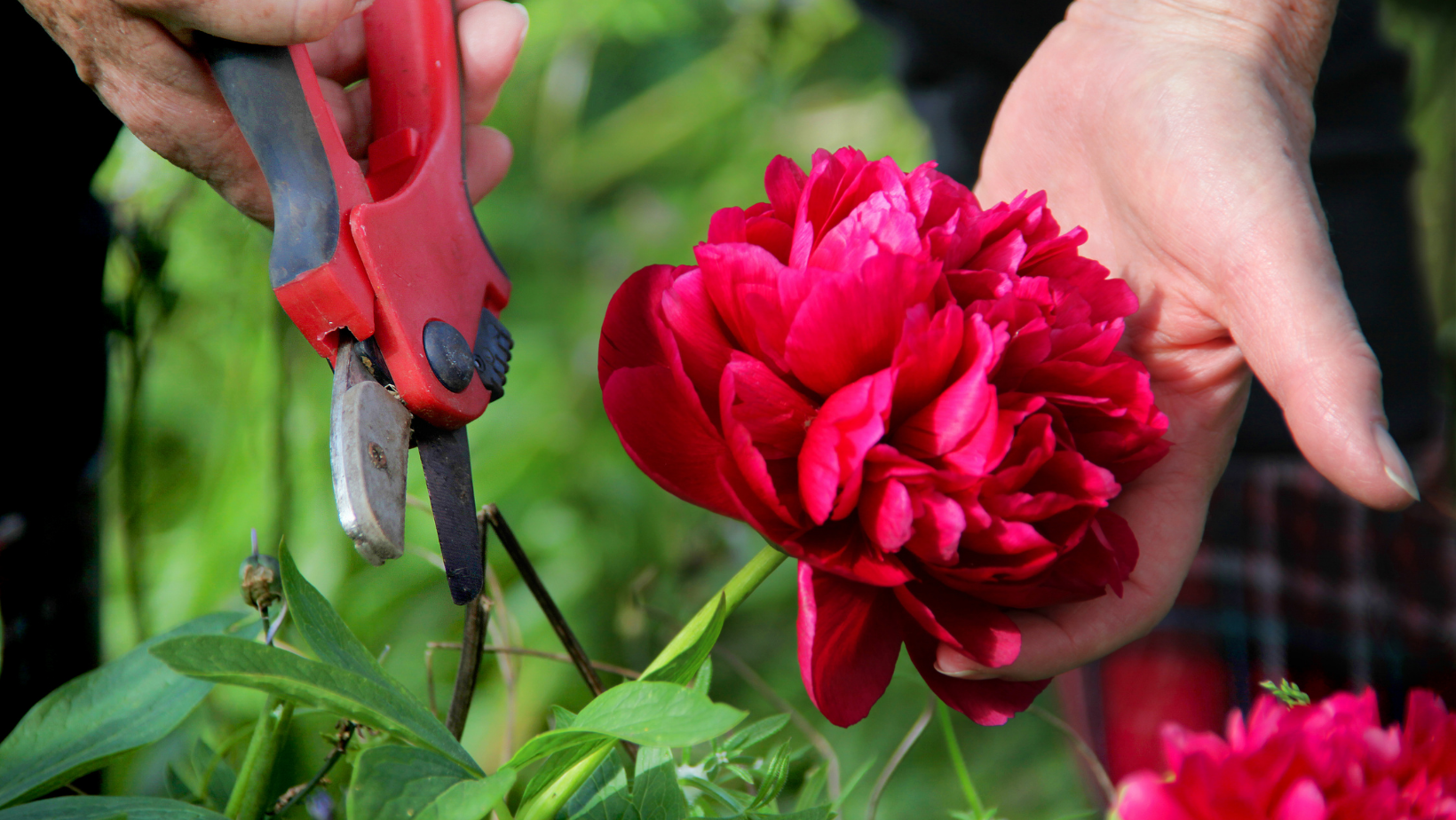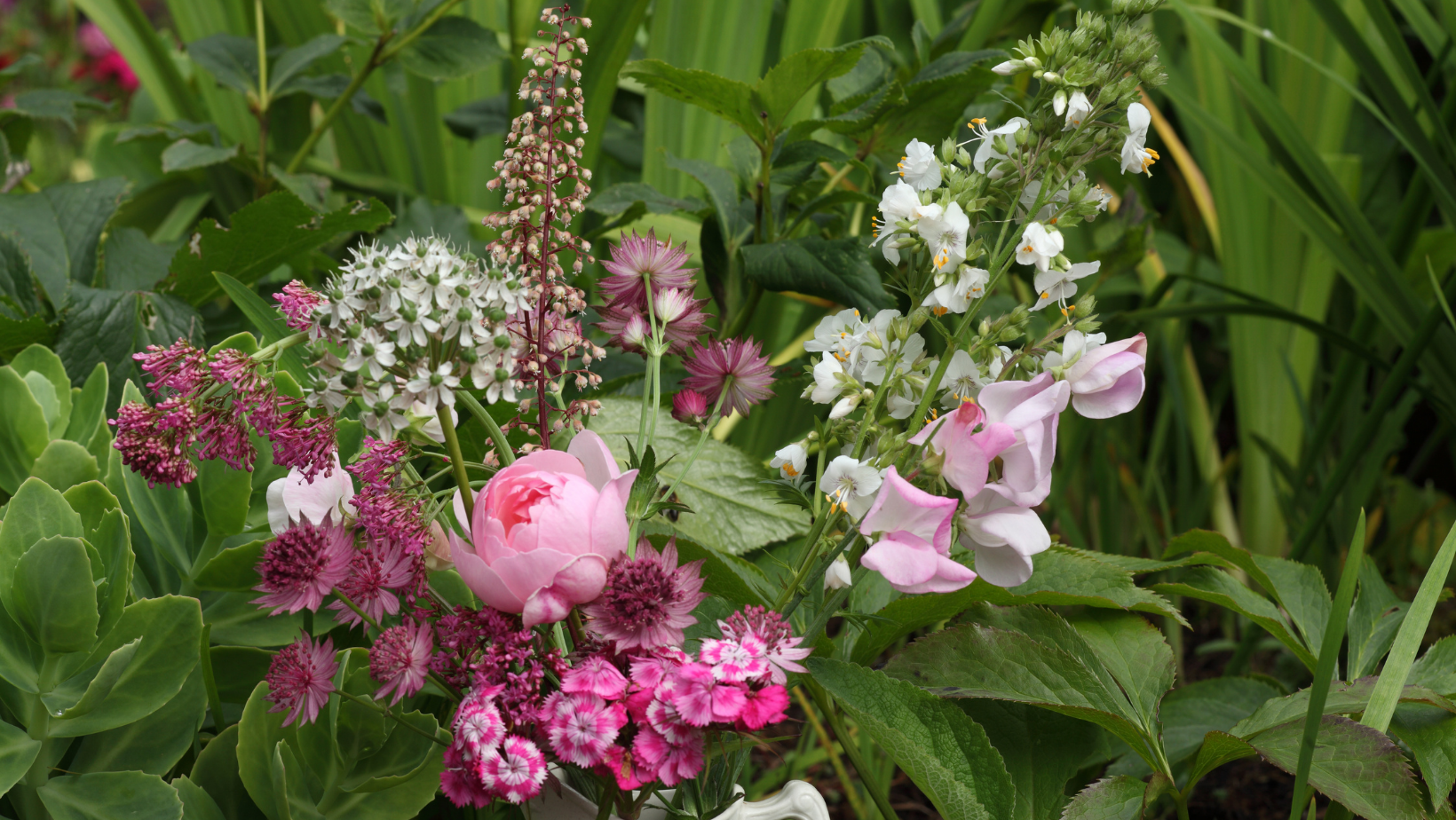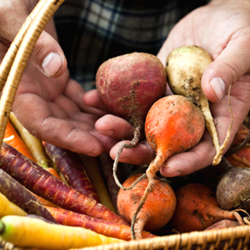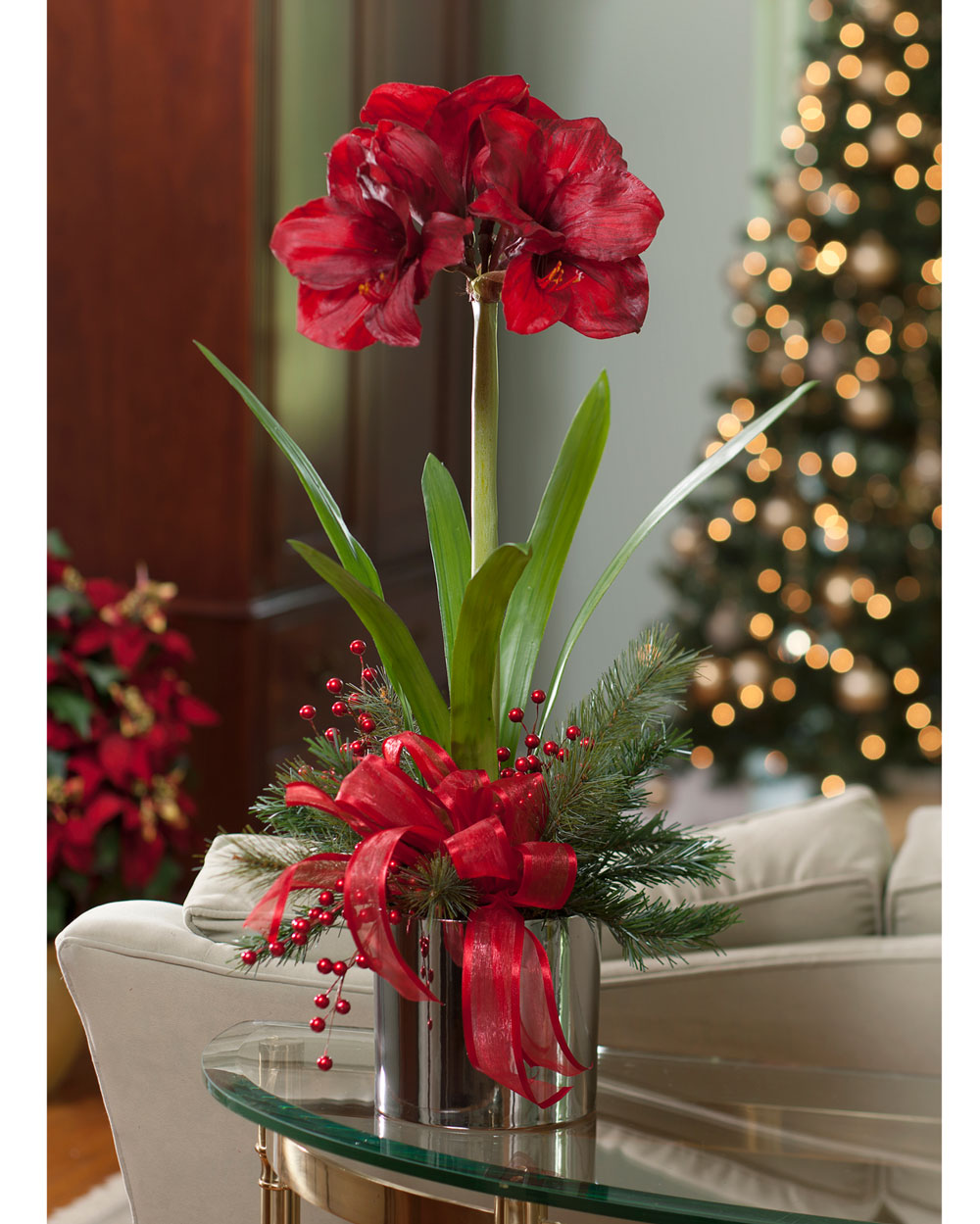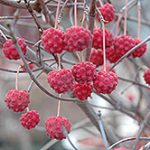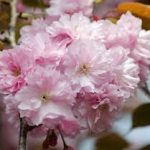There are so many beautiful perennials that it can be overwhelming to chose! Below are some of the easiest, and most attractive perennials to help you narrow in on what you should plant!
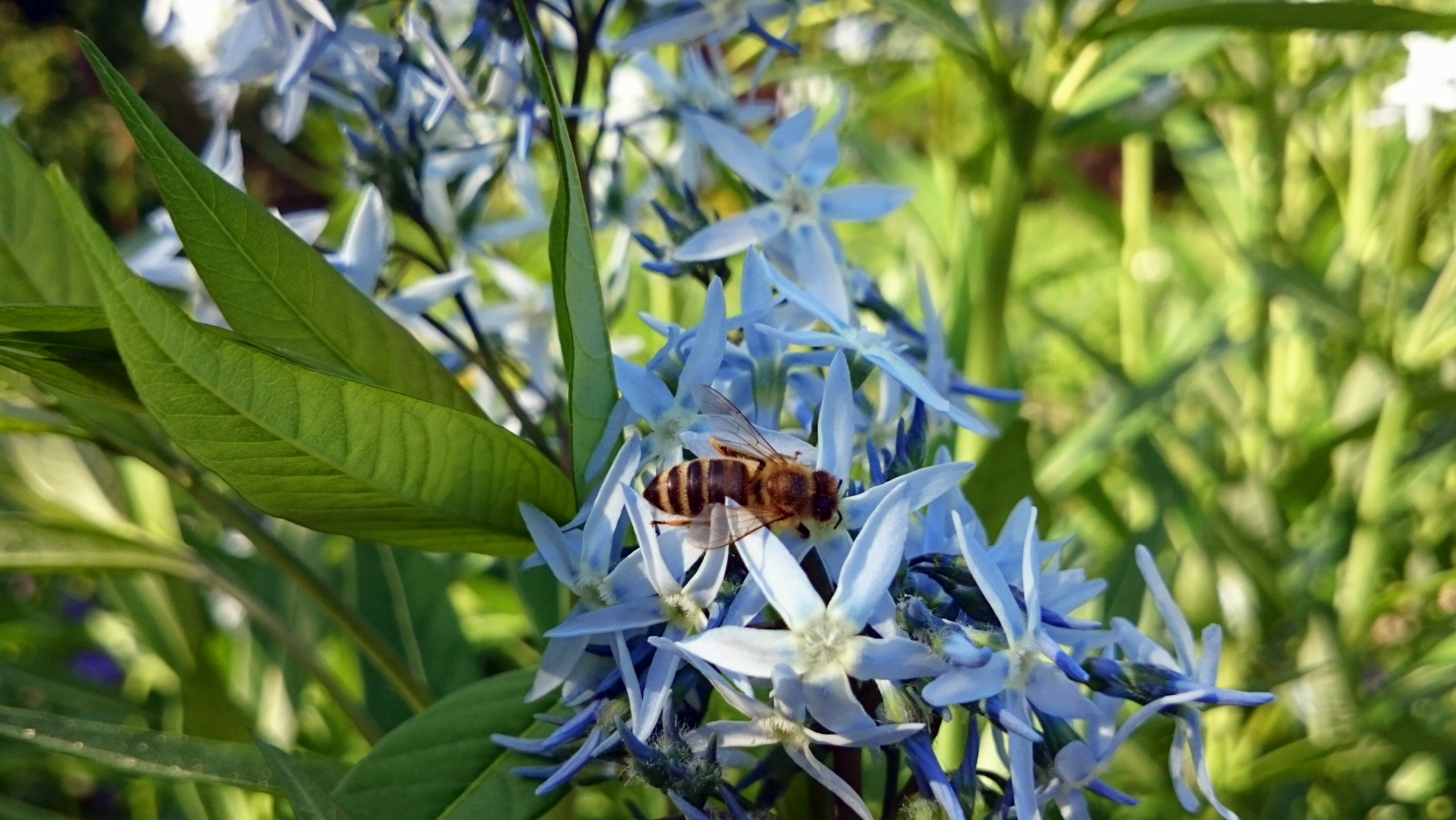
Amsonia is a native spring blooming perennial that has beautiful fall color. It’s flowers range from light blue to dark blue and its foliage can be light and airy to bold and beautiful. (pictured above)
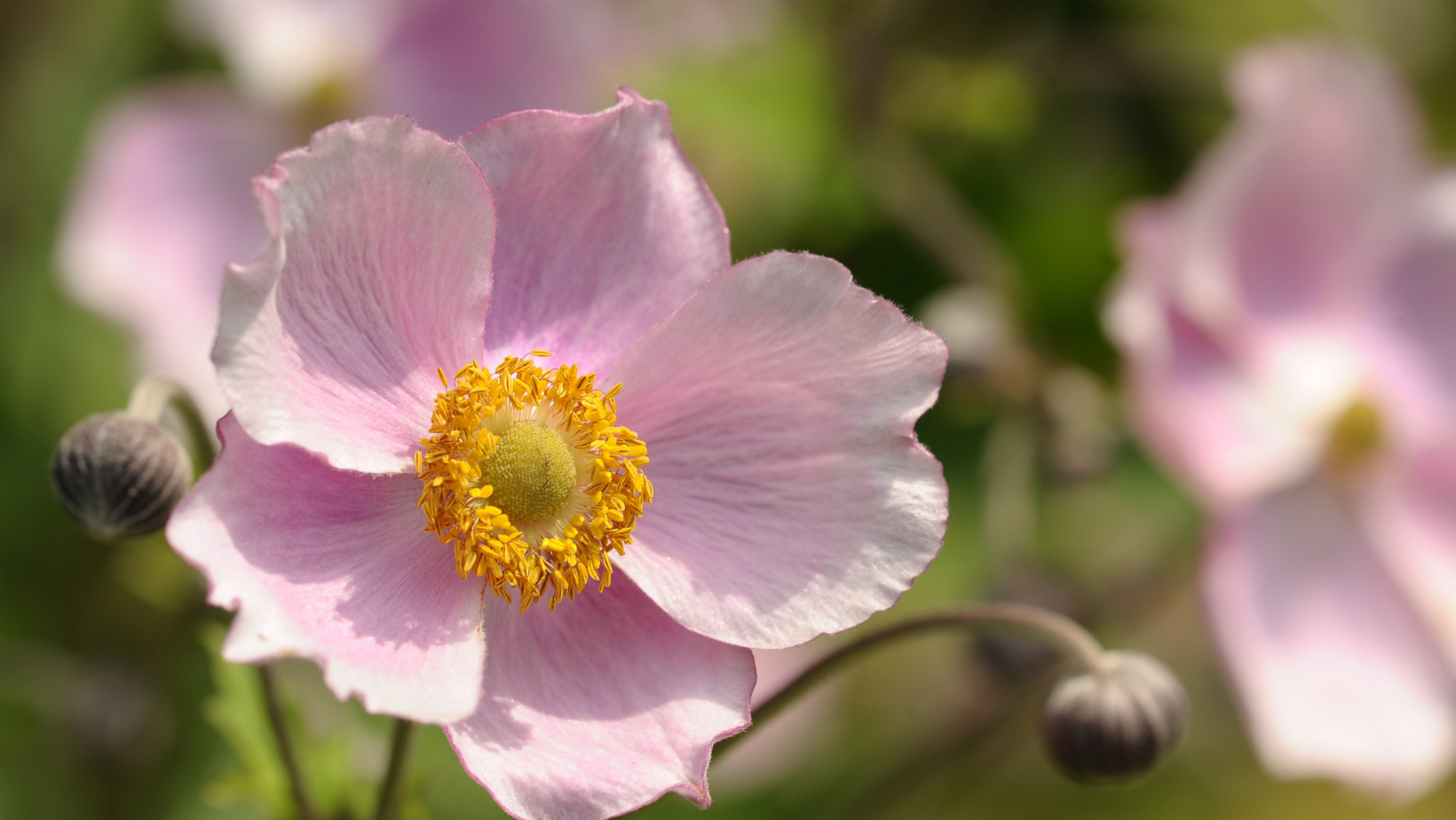
Anemones are an easy to grow fall blooming shade perennial. They are available in a range of pink and white flowers and grow well in part shade! (pictured above)
Astilbes are a popular shade perennial that have beautiful plums in late spring to early summer. These heavy shade tolerant perennials attract butterflies and are deer & rabbit resistant.
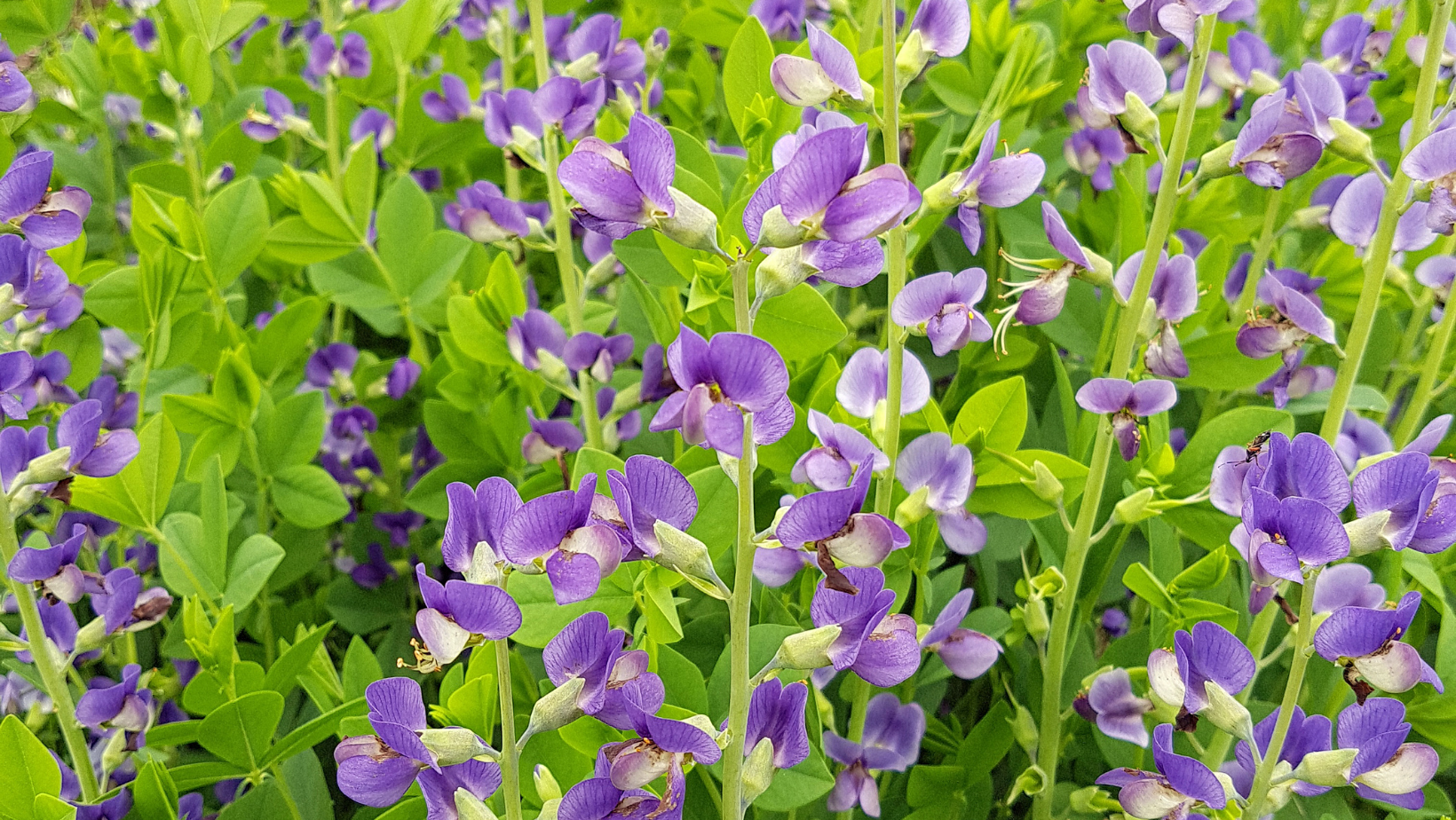
Baptisia is another easy native perennial that can grow anywhere! Their pea-like shaped flowers bloom in late spring -early summer and attract hummingbirds & butterflies. (pictured above)
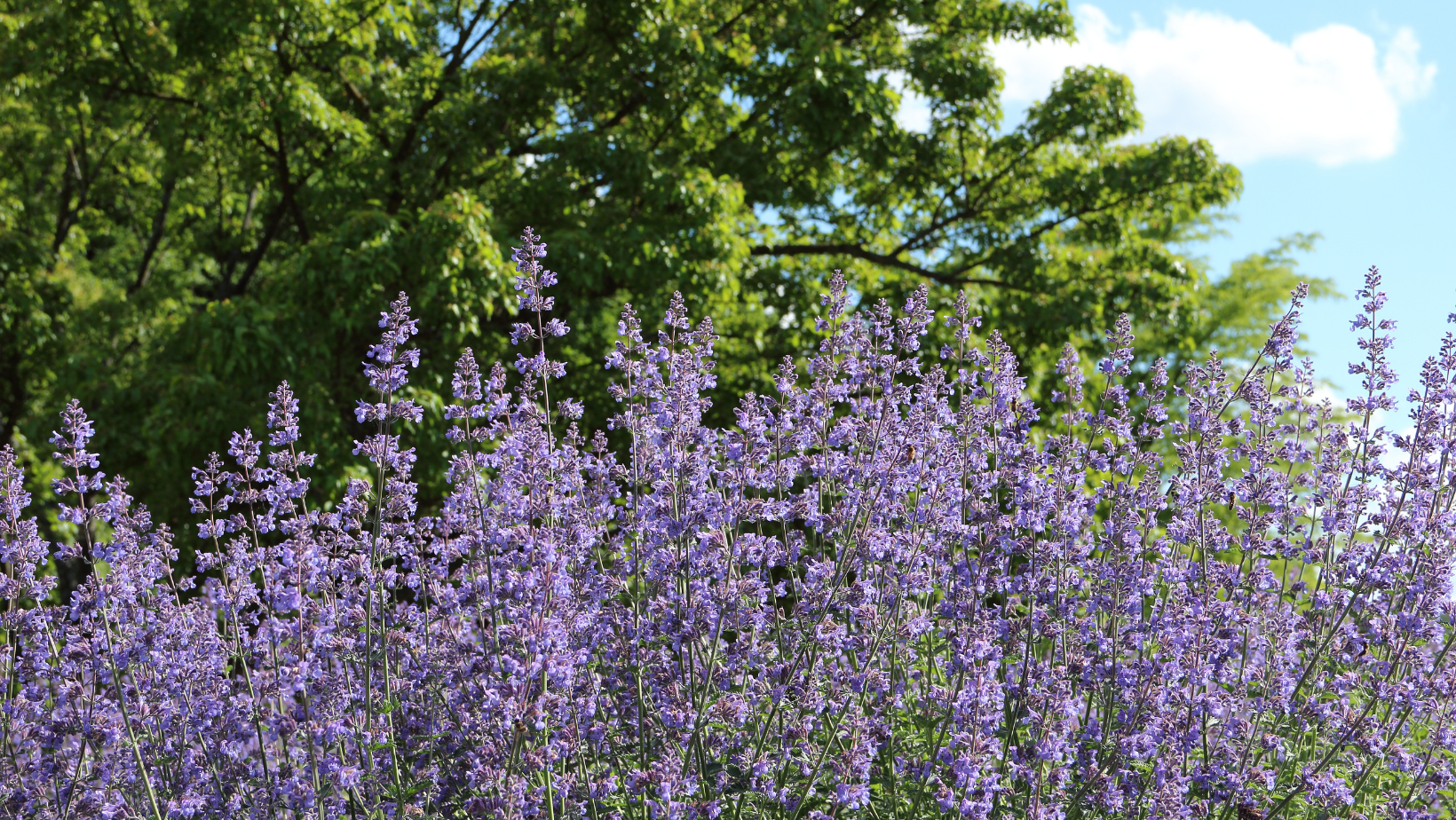
Catmint is one of the longest blooming and easiest perennial! It’s lavender-blue flowers bloom a top of romantic grey-green foliage, on-and-off spring through summer. (pictured above)\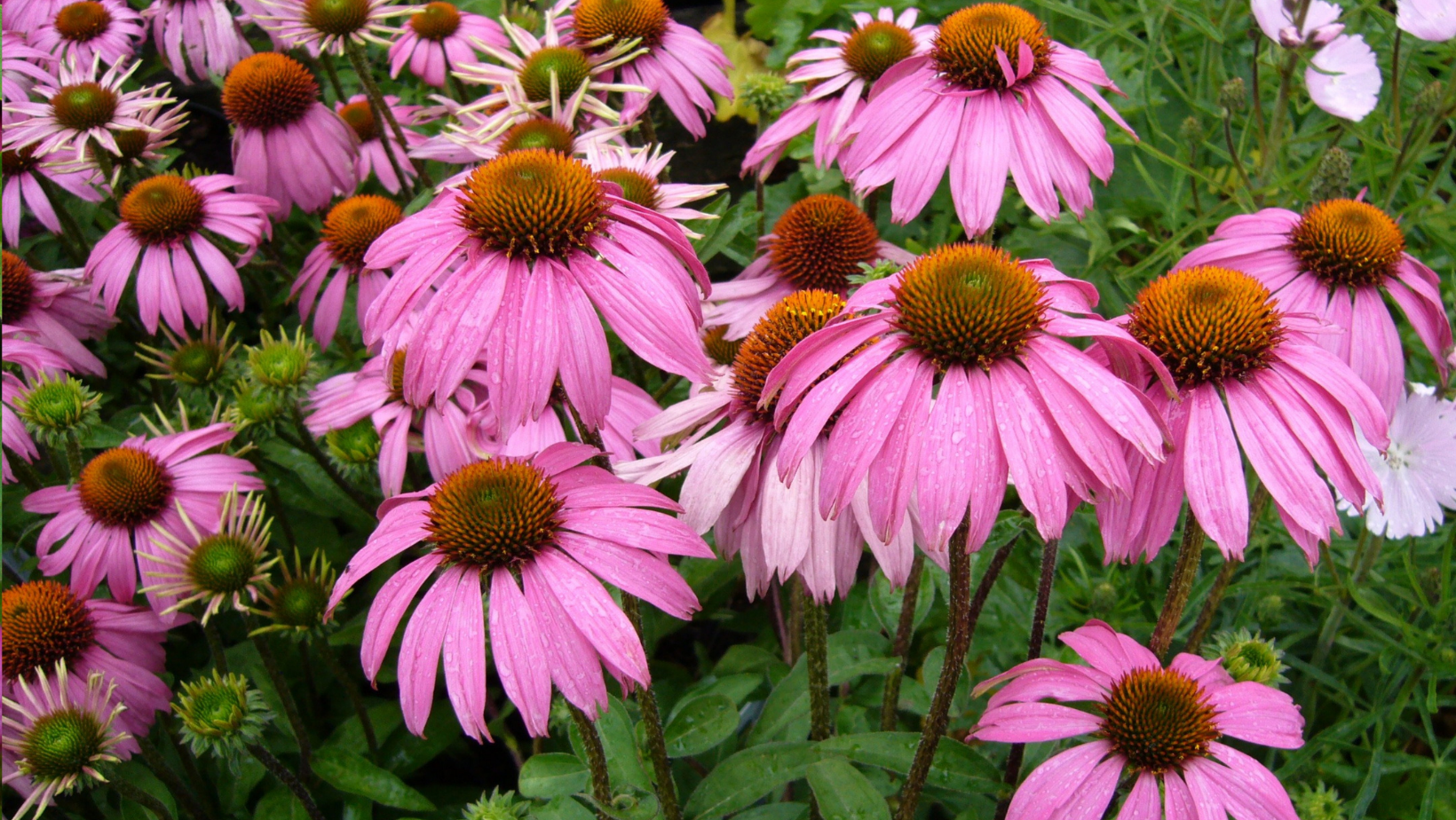
Coneflower is a tough native perennial with daisy like flowers. These trouble free perennials are loved by butterflies, bees, and birds. The flowers come in a wide range of shades; Red, Orange, Yellow, Purple, Pink and White. These drought tolerant, deer resistant perennials bloom in Summer. (pictured above)
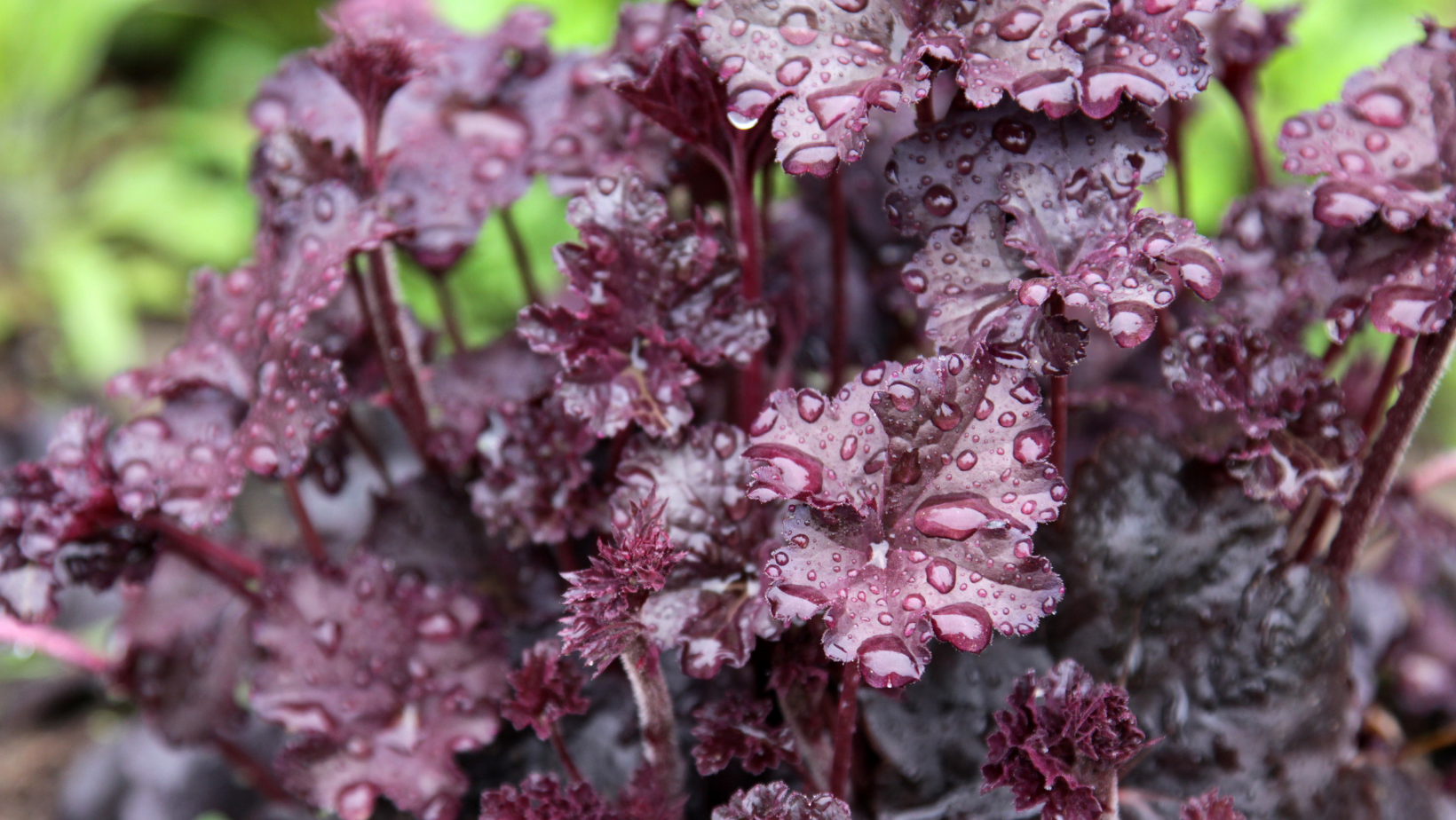
Coral bells are the bells of the shade garden (some will grow in sun). They are considered a foliage plant and come in many different shades of green, orange, purple, reds and yellows. Occasionally these deer resistant will push out beautiful pink or white blooms.
Dianthus is an early spring blooming perennial with beautiful spiky blue foliage. Their flower 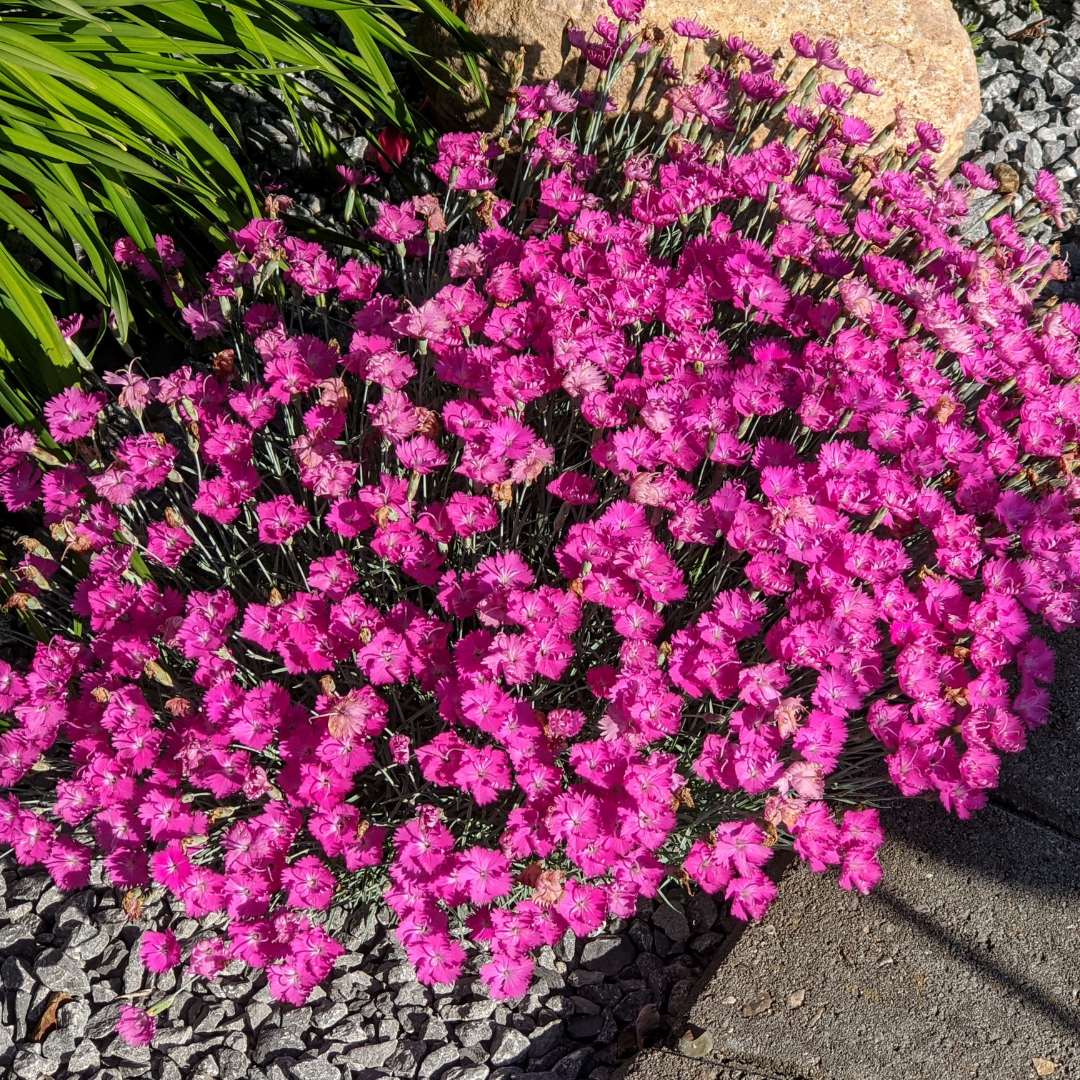 has a spicy clove like scent. With dead heading and feeding these plants can re-bloom throughout the summer. (pictured right)
has a spicy clove like scent. With dead heading and feeding these plants can re-bloom throughout the summer. (pictured right)
Heliopsis is also known as false sunflower. This native has beautiful yellow or orange flowers that bloom in late summer to fall. It can grow in tough dry, clay soils and is a great cutting flower.
Hellebores are an evergreen shade perennial that bloom in late winter to early spring. They are super tough and deer resistant.
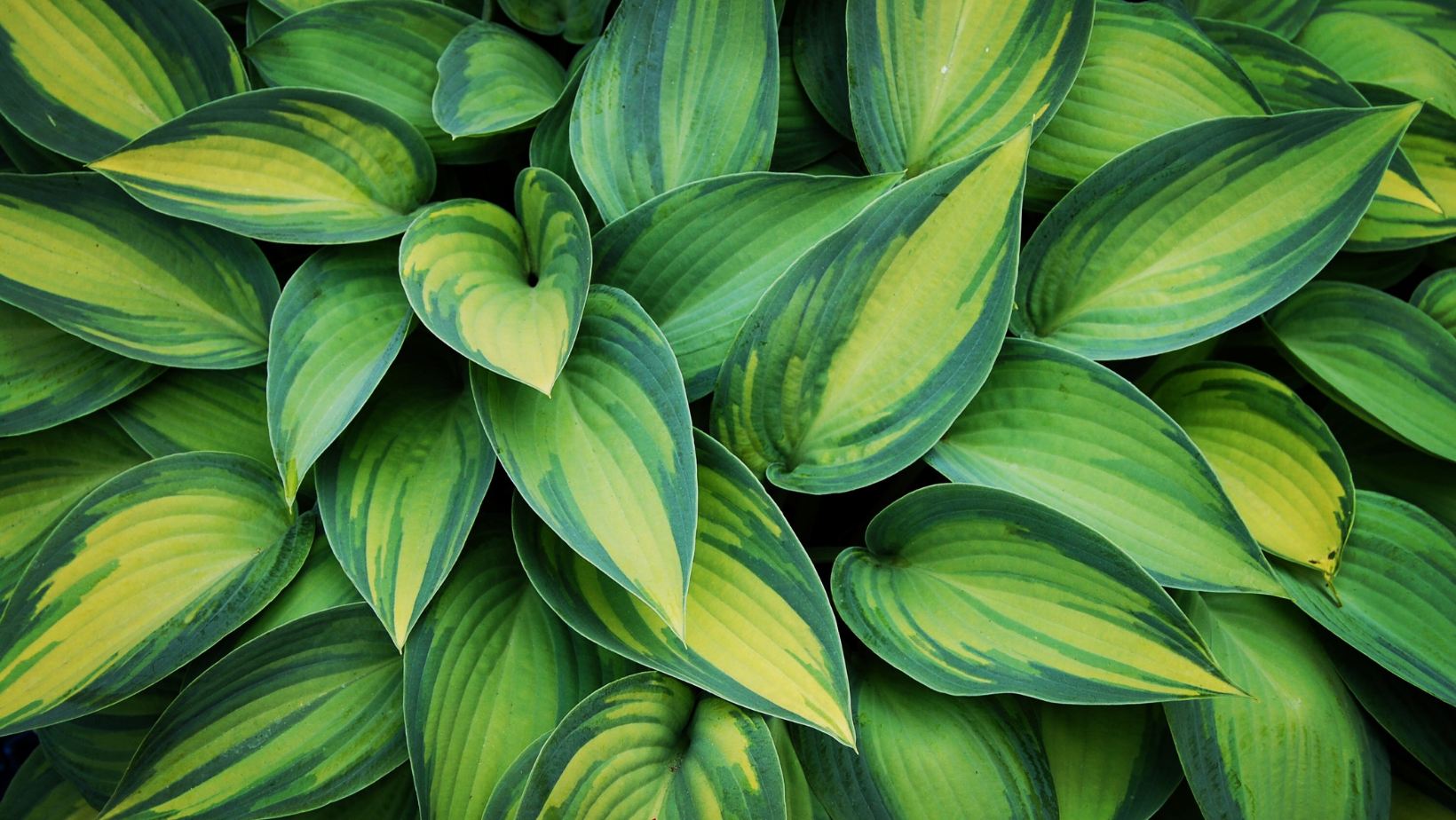
Hosta are a workhorse in a shade garden as long as deer aren’t a nuisance. Their bold leaves come in a wide array of colors and variations. These tough perennials can grow in the toughest of shade gardens and can become addictive to a plant collector!
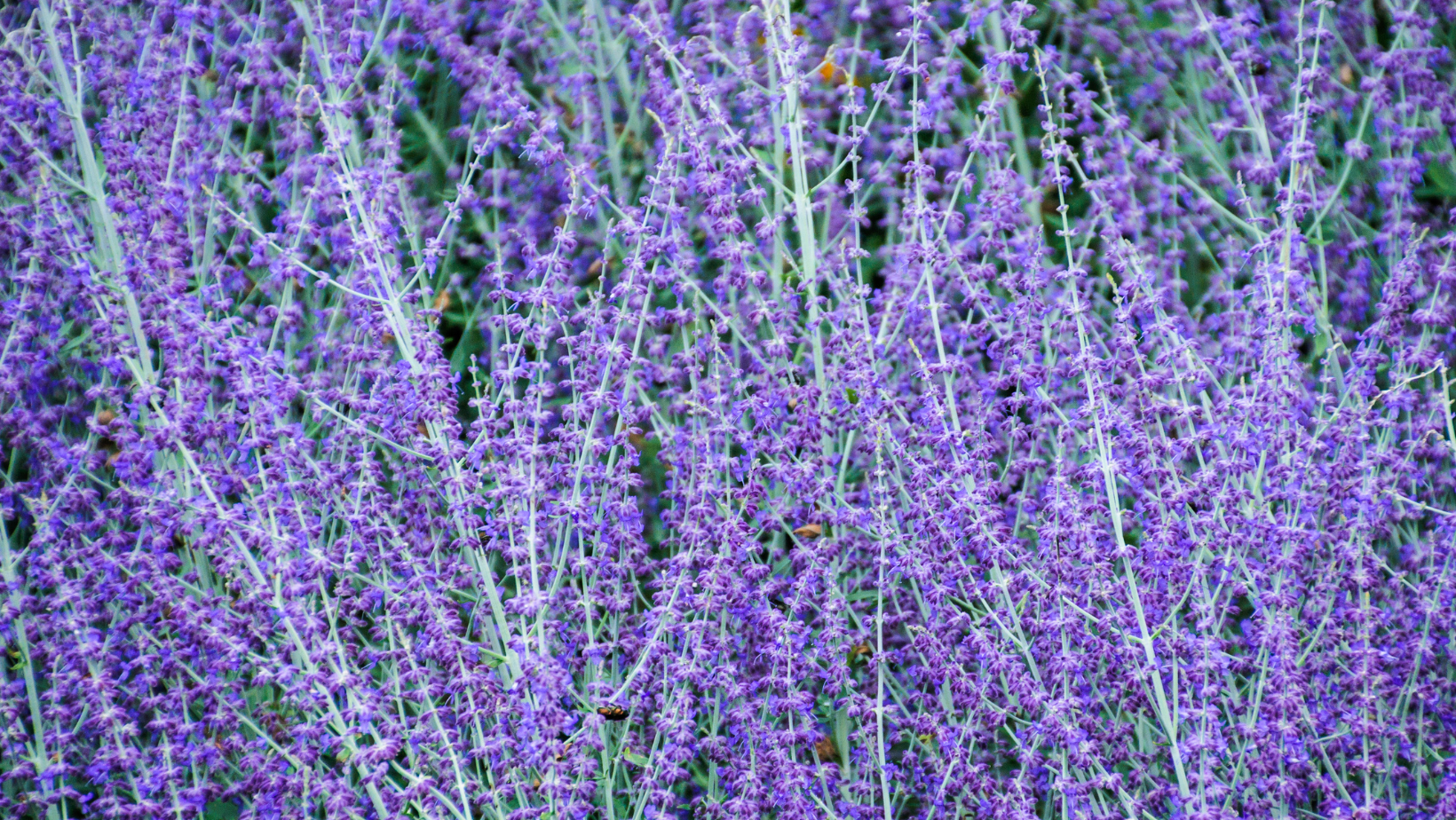
Peroviskia is also known as Russian sage. These tough perennials are deer and rabbit resistant
and bloom in late summer. Their range of blue flowers float above beautiful silvery grey foliage.
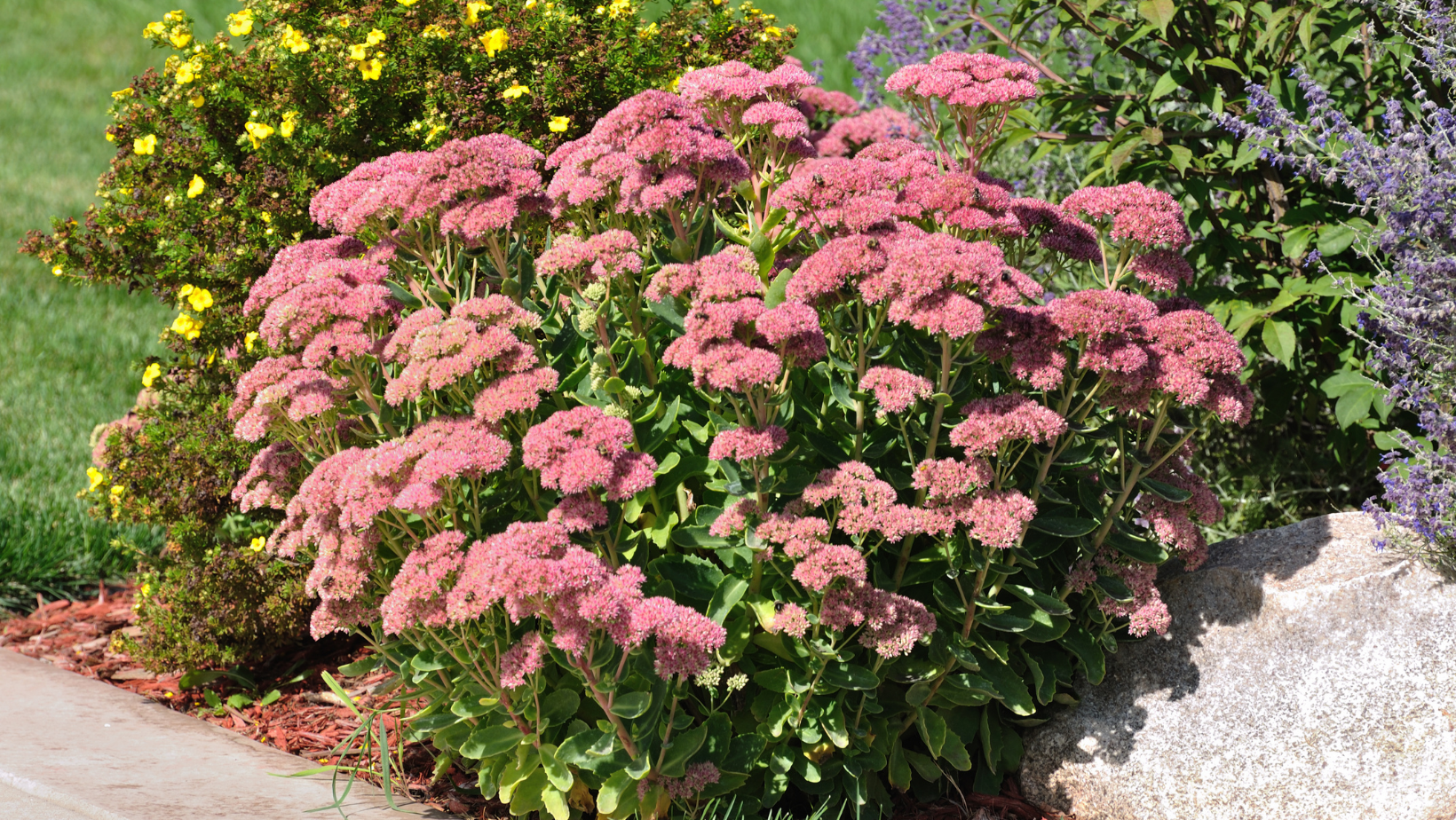
Sedums include a large group of sun perennials, which can be divide between creeping sedums and tall sedums. These succulent like perennial will grow in the driest of soils and still bloom and provide nectar to bees!
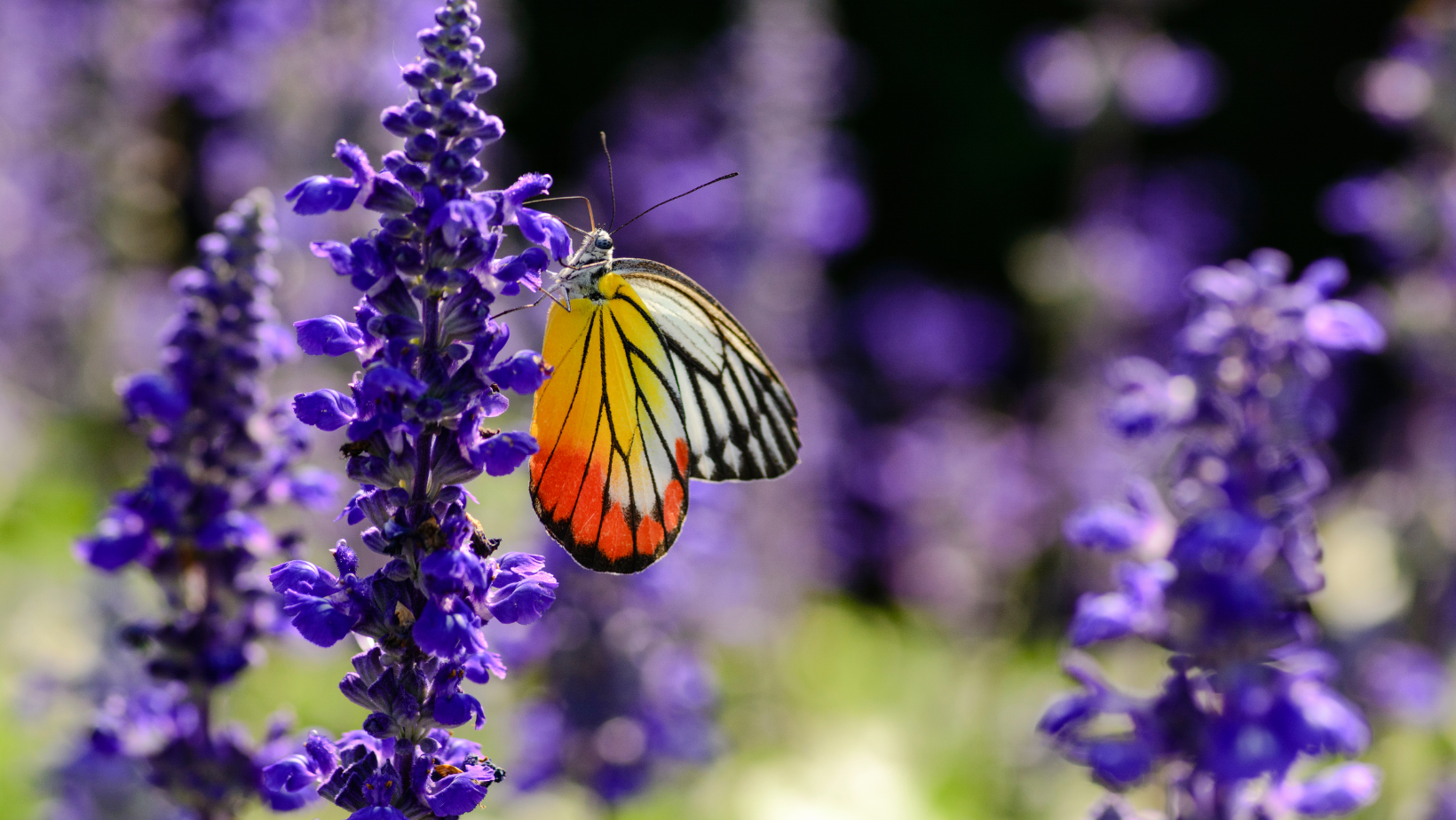
Salvias can be known as sage and they bloom in spring and can continue in the summer if given a little TLC. They have spiky purple-blue flowers that are deer and rabbit resistant, while attacking bees, butterflies and hummingbirds
Veronica are late summer blooming perennials that have wands of flowers floating above their foliage. These clumping perennials are tidy for the landscape and attract butterflies.
Blue Stem Grass -Summer through fall, the slender leaves and stems of little bluestem are an ever-changing kaleidoscope of gray-green, blue, pink, purple, copper, mahogany, red, and orange tones. Wispy silver-white seed heads sparkle in autumn sunlight and coppery brown leaves persist through winter.
Perennial of the year – Little Blue Stem Grass (Schizachyrium scopariu)
Little bluestem is a tough and dependable clumping grass that blends well with perennials such as asters, sedums, coneflowers, and other grasses. Native grasses play their part in the pollinator story too. Little bluestem is a larval host for a variety of butterflies and moths such as crossline skipper, Dakota skipper, and Ottoe skipper.
Native to a broad swath of North America, it was one of the dominant grasses of the vast tallgrass prairies. In average to lean, well-drained soils, stems will remain upright but can flop easily if conditions are too rich or moist. Cultivars have been selected for shorter plants, enhanced leaf colors, and stronger stems.
Little bluestem’s spikiness complements native and non-native perennials alike. An easy fit for mass plantings or meadows, it is just as brilliant in traditional borders, gravel gardens, and green roofs. Perfect partners are recent PPOYs such as Calamintha nepeta ssp. nepeta, Asclepias tuberosa, Stachys ‘Hummelo’, and Allium ‘Millenium’.






